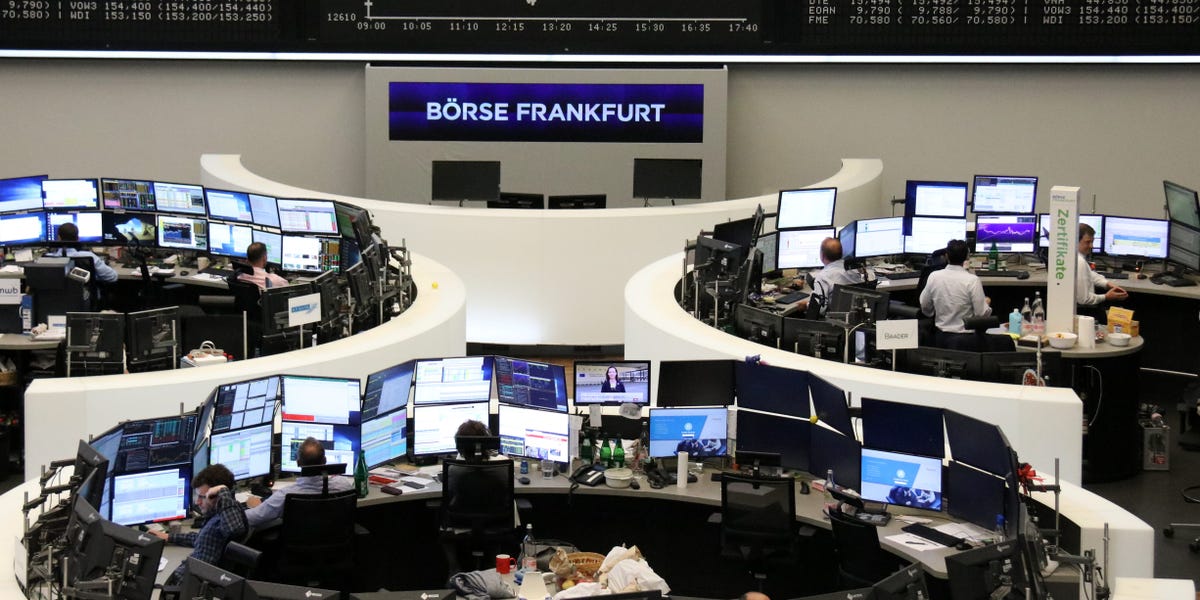The rise in “sell America” chatter this year seems to have been matched by investor appetite for non-US stocks.
Flows into non-US exchange-traded funds hit more than $20 billion in June, the second-highest monthly amount ever, according to data from State Street.
State Street Investment Management
The flows into non-US stocks accounted for 45% of all flows, significantly higher than the rolling 12-month average of around 17%.
The breadth of flows into non-US-focused funds was also wide.
“80% of non-US equity ETFs had inflows in June — above the normal hit rate of 74%,” Matthew Bartolini, head of Americas ETF research at the firm, said in a June 30 note. “Comparatively, only 53% of US equity exposures had inflows in June versus their usual 59% monthly hit rate.”
Flows into two types of non-US ETFs were particularly high: developed market funds and emerging market funds. $12.5 billion went into developed-market funds, while $6.8 billion flowed into the latter.
Examples of funds with exposure to these trades might include the iShares Core MSCI EAFE ETF (IEFA), the SPDR Portfolio Developed World ex-US ETF (SPDW), the Avantis Emerging Markets Equity ETF (AVEM), and the Vanguard Emerging Markets Stock Index Fund ETF (VWO).
The heightened flows into international stocks aren’t much of a surprise. Global investors have been on edge about US assets in recent months as the Trump administration placed near-universal tariffs on imported goods, a move which tanked the US dollar, sent bond yields soaring, and caused soaring volatility in stocks.
In recent weeks, investor concerns about Trump’s “Big, Beautiful Bill” and its impact on the federal debt and budget deficit have further fueled the “sell America” sentiment.
Trump’s “policies raise the question of how long US asset exceptionalism can last and place more pressure on Fed policymakers to ease while creating a stronger impulse for non-US central banks to offer stimulus — adding liquidity and supporting growth in those regions,” Bartolini wrote.








